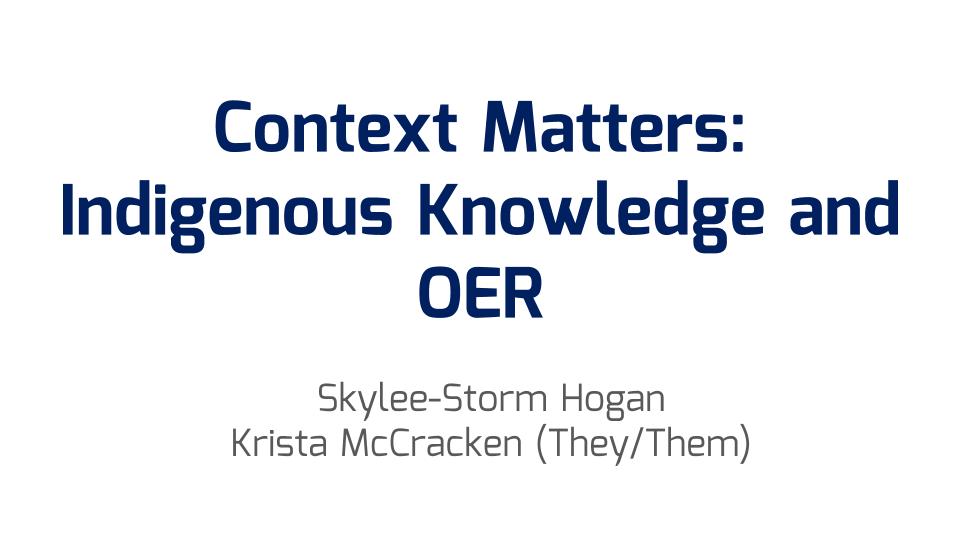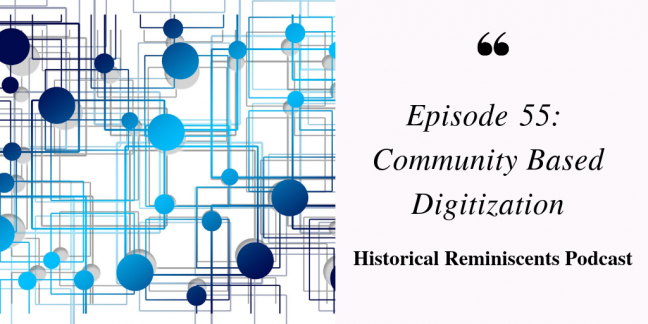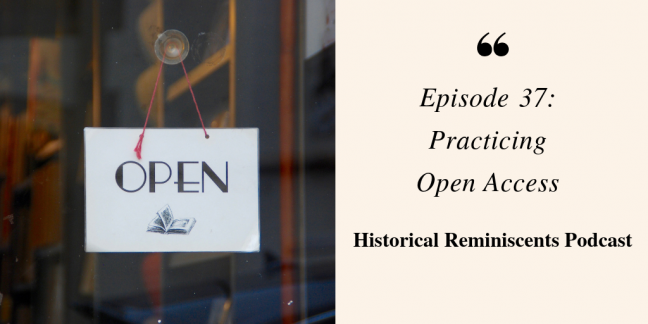As part of my eCampus Ontario Open Education Fellows project I've had the opportunity to collaborate with Skylee-Storm Hogan on a couple of projects. As always, this collaboration has been a joy and I've learned so much from work with Skylee-Storm. Part of this work has included creating a video that explores the intersection of … Continue reading Context Matters: Indigenous Knowledge and OER
Context Matters: Indigenous Knowledge and OER





You must be logged in to post a comment.